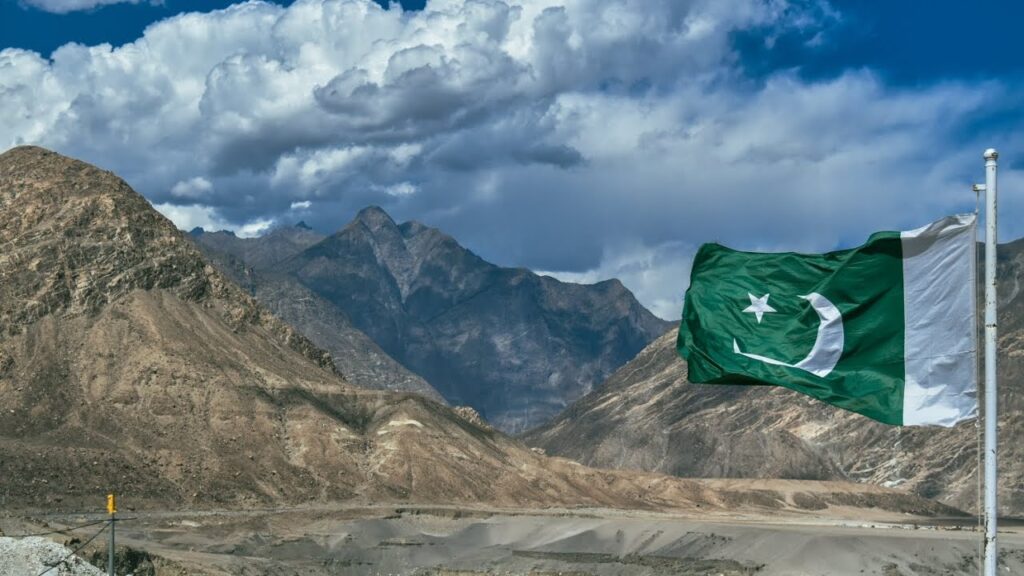For years, Pakistan seemed trapped in the role of a silent spectator, battered by economic crises, dismissed in diplomatic circles, and struggling to define its place in a world that had moved on. It was cast as a country of problems, not possibilities. But in 2025, something changed. The same nation once described in terms of survival began to project itself with ambition and clarity. At the centre of this transformation was Prime Minister Shehbaz Sharif, whose string of high-profile visits reshaped the way Pakistan was seen, not just by the world, but by its own people.
Visits That Redefined:
The shift began in Azerbaijan, where Sharif attended the 17th ECO Summit. Pakistan emerged not as a country begging for assistance but as a regional partner, securing a $2 billion investment pledge and signing an MoU on investment cooperation. In that moment, Pakistan positioned itself as a bridge between South and Central Asia, vital to trade and energy routes. The real breakthrough came in China. At the SCO Summit and in Beijing’s grand halls, PM Sharif signed $8.5 billion worth of agreements: $7 billion in MoUs and $1.5 billion in joint ventures.
Over $4 billion was earmarked for agriculture, signalling a drive to modernize farming with smart technology, mechanization, and seed innovation. Other sectors, renewable energy, electric vehicles, petrochemicals, steel, and IT, rounded out the package. It was also the launch of CPEC Phase II, with five new corridors that promised to deepen economic integration and industrial growth. For a nation once painted as an economic outcast, these agreements became a declaration: Pakistan is open for business.
But perhaps the most important chapter unfolded in Saudi Arabia. On 17 September 2025, Sharif and Crown Prince Mohammed bin Salman signed a Strategic Mutual Defence Agreement, a pact declaring that an attack on one nation would be treated as an attack on both. For the first time in history, Riyadh and Islamabad elevated their brotherly ties into a binding security alliance. The deal promised joint defence planning, intelligence sharing, military training exchanges, and technology transfers. Alongside Saudi Arabia’s $5 billion investment framework in Pakistan, it stitched defence and economics into a single strategic fabric. For Pakistan, this was not only about security, but also about locking itself into the Gulf’s future at a moment of historic upheaval.
In Qatar, the tone shifted again, from deals to defiance. After Israeli strikes on Doha, Sharif’s one-day solidarity visit became the prologue to the Arab-Islamic Emergency Summit. There, he condemned Israel’s “state terrorism,” demanded its suspension from the UN, and urged legal action at the ICC and ICJ. This was not economic bargaining. It was a moral stand, reviving Pakistan’s historic role as the conscience of the Muslim world.
And finally, in New York, at the 80th UN General Assembly, Sharif stitched these threads together. He spoke of the existential threat of climate change, recalling how the 2022 floods inflicted $30 billion in damages and displaced 33 million people. He denounced the genocide in Gaza. He warned against rising tensions with India. Around him, corridor meetings buzzed, with Trump, Xi, the IMF’s Kristalina Georgieva, the World Bank’s Ajay Banga, and UN Secretary-General António Guterres; a reminder that Pakistan was once again being heard where it mattered.
From the Margins to the Middle
At home, these visits breathed life into weary headlines. A 56% surge in foreign direct investment in FY25, from $976 million to $1.52 billion, gave credibility to the government’s diplomacy. China alone contributed nearly 40% of net FDI, with about $790 million flowing into Pakistani projects. Exports climbed to $31.75 billion in FY24-25, compared to $30.76 billion the year before. For ordinary Pakistanis, these were not abstract numbers; they were glimmers of a future where the world might finally see their country as more than a crisis.
Abroad, the shift was unmistakable. In Baku, Beijing, and Riyadh, Pakistan was an economic and strategic partner. In Doha, it was a voice of conscience. In New York, it was a defender of justice and climate action. From being an afterthought, Pakistan was repositioning itself at the very centre of regional and global conversations.
The Road Ahead
The trajectory suggests more than fleeting symbolism. If FDI sustains even a 20–25% annual growth rate, inflows could exceed $3 billion annually within three years that is enough to ease debt burdens and stabilize reserves. Export momentum, coupled with remittances, could slowly narrow Pakistan’s trade gap. Moreover, the alliances, from China’s corridors to Saudi Arabia’s defence pact, ensure that Pakistan’s strategic weight is embedded in both economic and security structures.
Conclusion: From Survival to Influence
Pakistan’s challenges, poverty, governance flaws, and climate disasters remain daunting, but what changed in 2025 is direction. Through Sharif’s visits and diplomacy, the country is no longer drifting. It is steering. It is making deals that promise growth, forging defence pacts that reshape security, and taking stands that remind the world of its principles. This is no longer the Pakistan of survival. This is a Pakistan of influence. And if the momentum holds, history may look back at 2025 as the year a country once overlooked began to command attention again, not as a problem, but as a partner, a voice, and a force to be reckoned with.



